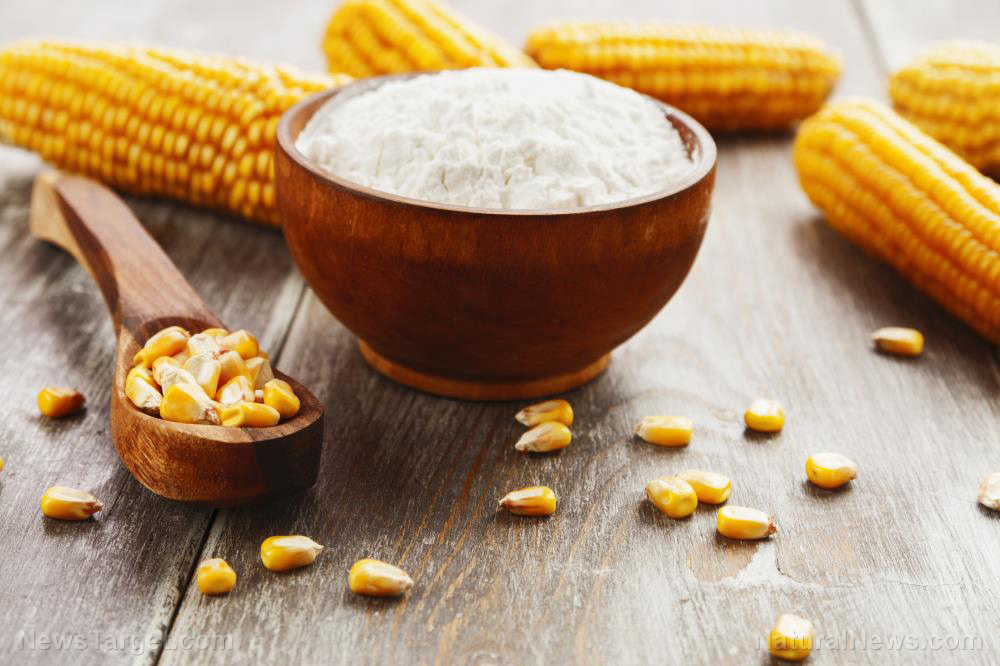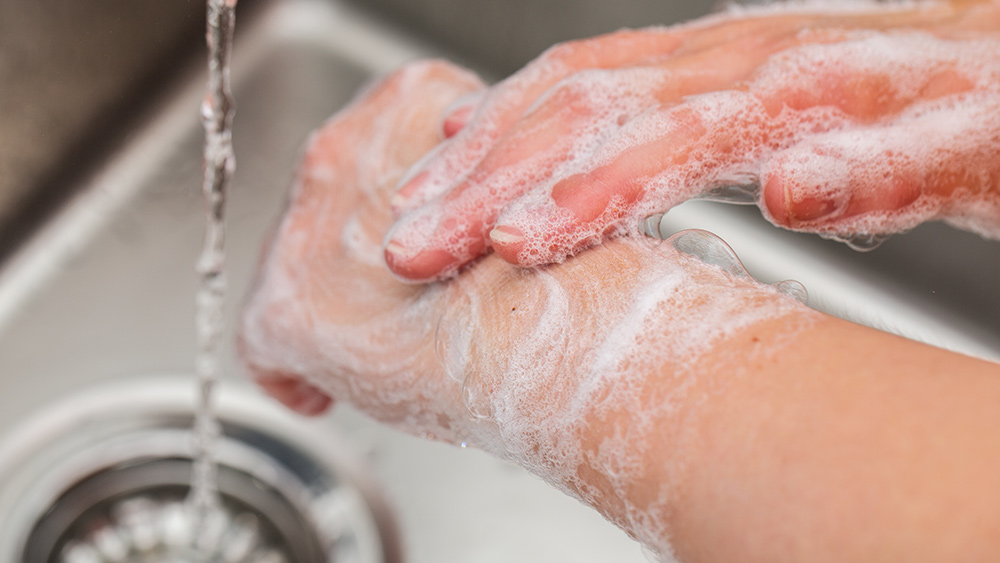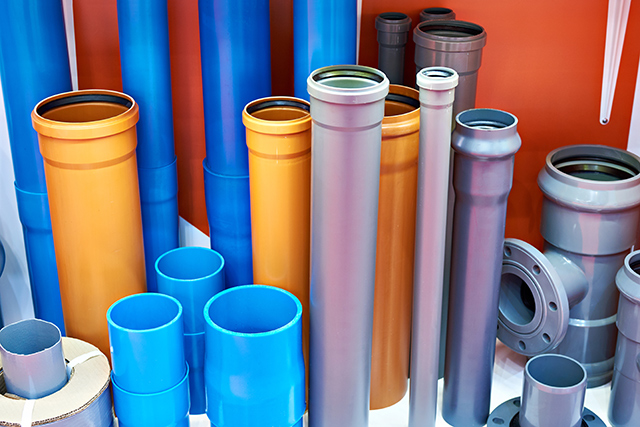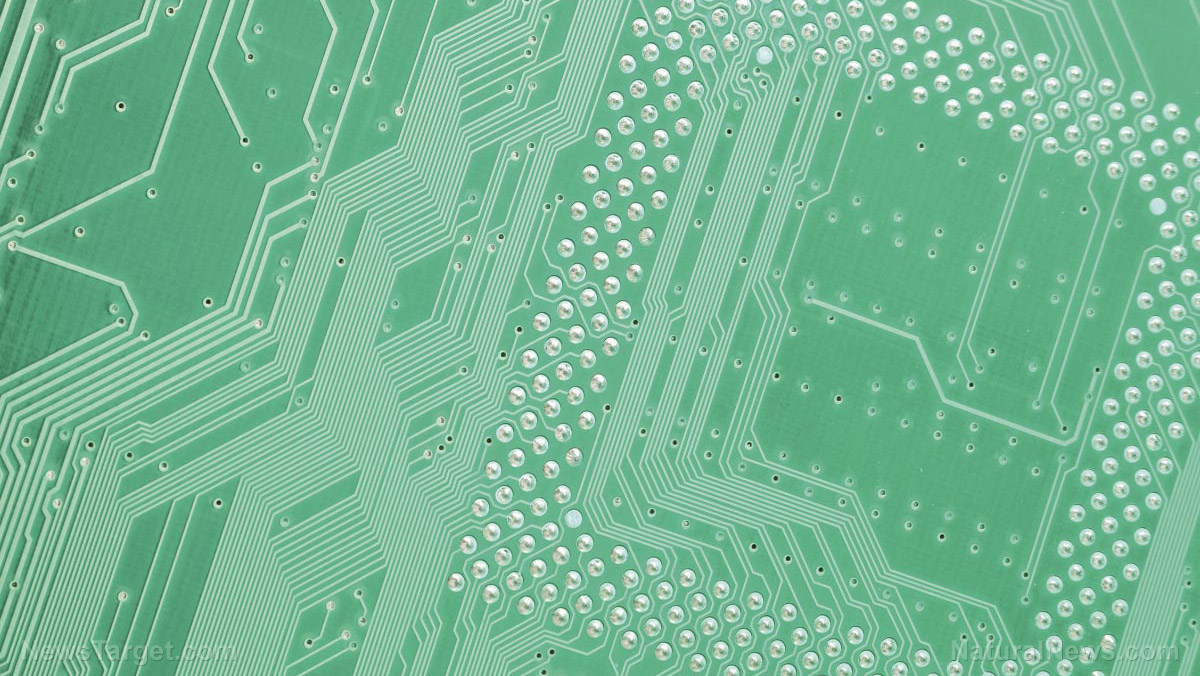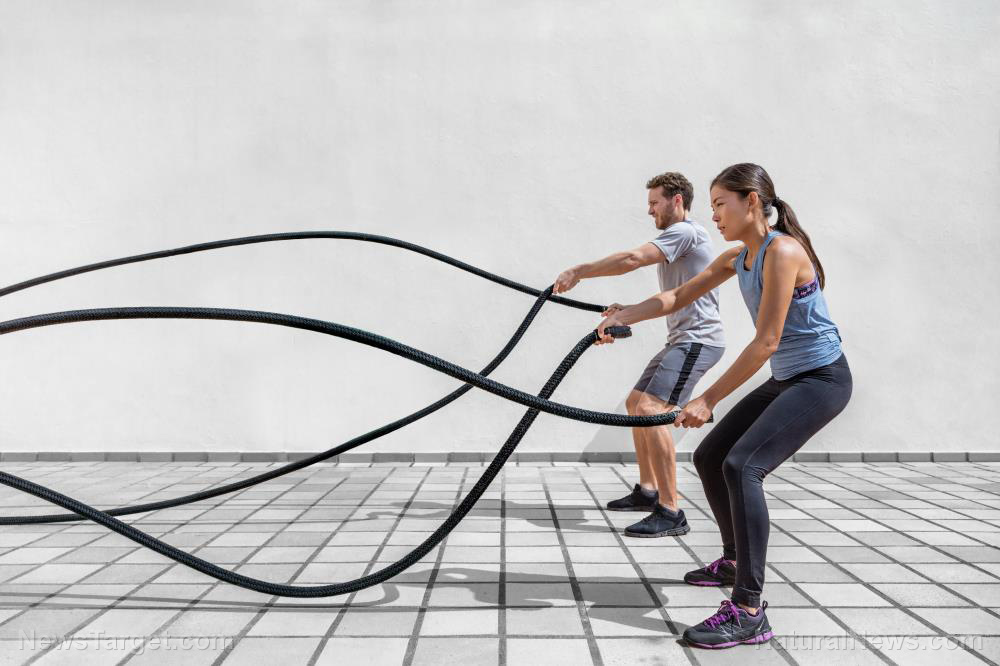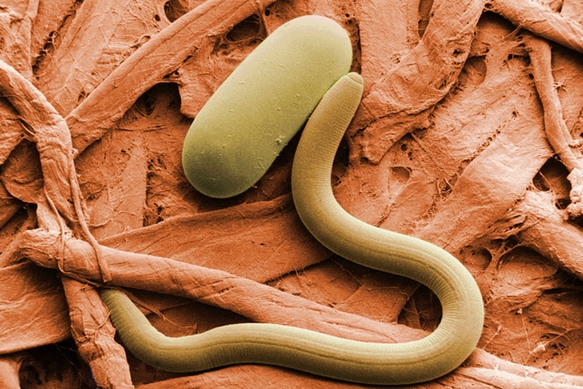Prepper projects: How to make a non-toxic alternative to WD-40
By zoeysky // 2021-09-14
Tweet
Share
Copy

Many preppers probably have WD-40 in their toolbox since this handy item can be used for rust prevention or removing adhesives.
However, the product contains several harmful ingredients that you should avoid. If you need a similar product for various tasks around your homestead, make a DIY alternative using safe ingredients like olive oil and water. (h/t to OffTheGridNews.com)
What is WD-40?
WD-40 is the trademark name of a lubricating spray created in 1953. The "WD" stands for water-displacing spray while the "40" stands for how many attempts it allegedly took to develop a successful formula. Now, WD-40 is often used for various home and commercial applications. It can be used to lubricate hinges or to loosen sticky residue on various surfaces. According to U.S. Material Safety Data Sheet information, WD-40 contains the following ingredients:- Aliphatic hydrocarbons (50 percent)
- Petroleum base oil (25 percent)
- Low vapor pressure aliphatic hydrocarbon (12 to 18 percent)
- Inert ingredients (10 percent)
- Carbon dioxide (Two to three percent)
- Breathing petroleum vapors can harm your nervous system and cause side effects like dizziness, headache and nausea. The vapors may also cause respiratory irritation.
- Very high exposure to petroleum can cause coma and death.
- Liquid petroleum products which come into direct contact with your skin may cause irritation. Some products may also be absorbed through the skin.
- Chronic exposure to petroleum products may affect your nervous system, blood and kidneys.
Two natural alternatives to WD-40
And if you still need a similar product to keep your gear in good condition, you can make a natural alternative using common non-toxic ingredients. (Related: Prepper must-haves: 14 Ways to use baking soda on your homestead.) Oil and water mixtures This first option combines either olive oil or sunflower oil and water. Get an eight-ounce spray bottle and fill it with one part water and three parts of either olive oil or sunflower oil. Mix well to combine before using. Acetone and vegetable oil You can also combine acetone and vegetable oil to make a natural alternative to WD-40. This mixture is made up of 90 percent vegetable oil and 10 percent acetone. While most vegetable oils contain GMO ingredients, there are different brands of non-GMO organic safflower oils, soybean oils and sunflower oils that you can use instead. Acetone, which is often used in nail polish remover, is an organic compound with the formula (CH3)2CO. It is a colorless and flammable liquid. It's also the simplest ketone. A team of researchers at Drexel University in Philadelphia compared vegetable oil mixture with WD-40. Findings revealed that a mixture of vegetable oil and 10 percent acetone worked proved to be just as good, if not better, for freeing rusted bolts as WD-40.How to use DIY WD-40
Once you've made a batch of this natural alternative to WD-40, here are some different uses for the mixture:- Clean barbecue grills.
- Lubricate cookie sheets and baking pans.
- Clean a car dashboard and interior.
- Clean driveway oil spills. Spray the mixture, then rinse with water.
- Clean license plates.
- Clean dirty chalkboards.
- De-ice door locks.
- Discourage pigeons from congregating on your property.
- Fix stuck zippers on clothing.
- Keep flies away from livestock.
- Keep snow from sticking to a shovel during winter.
- Keep squirrels off a bird feeder.
- Loosen tight nuts and screws.
- Lubricate and stop squeaks in electric fans.
- Lubricate guitar strings.
- Lubricate a pair of scissors.
- Pre-treat lipstick stains on clothing before doing the laundry.
- Prevent dead bugs from accumulating on car grills and bumpers.
- Prevent rust accumulation on saws and other hand tools.
- Protect a boat’s surface.
- Remove and prevent rust on lawnmower blades or other bladed tools.
- Remove a ring that's stuck on your finger.
- Remove burs stuck in animal fur.
- Remove crayon drawings from walls.
- Remove chewing gum stuck in hair. Spray the mixture then comb out.
- Remove dog poop from shoes. Spray some of the mixture on the poop, then rinse with water.
- Remove gum, glue, ink and sticky residue from decals or stickers.
- Remove unsightly scuff marks from flooring.
- Remove salt stains from boots and shoes during winter.
- Remove shower door stains.
- Remove toilet stains.
- Repel insects, spiders and wasps.
- Restore faded plastic furniture on your patio.
- Unstick glasses stuck together.
- Untangle a fishing line.
- Untangle necklace or bracelet chains.
- Waterproof winter boots and shoes by coating them with the mixture.
Tweet
Share
Copy
Tagged Under:
preparedness prepping All-natural products DIY ingredients homesteading green living sustainable living tips WD-40 Non Toxic how-to WD-40 alternative
You Might Also Like
Prepper recipes: How to make hominy, an ancient survival food
By Zoey Sky // Share
Prepper projects: Root cellar design tips and mistakes to avoid
By Divina Ramirez // Share
Top 10 things to AVOID to achieve healthy immune function
By S.D. Wells // Share
By Divina Ramirez // Share
DIY prepper supplies: How to make non-toxic foaming hand soap
By Mary Villareal // Share
Recent News
EPA plans to regulate phthalates over worker and environmental health risks
By lauraharris // Share
TikTok parent ByteDance goes all in with $14B Nvidia chip SPLURGE
By kevinhughes // Share
The Sacred Root: The untold power of iboga to heal trauma and addiction
By kevinhughes // Share
